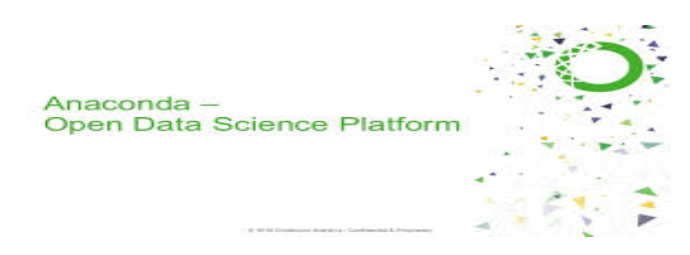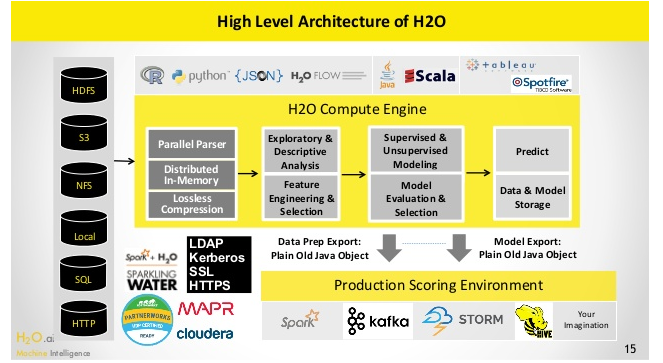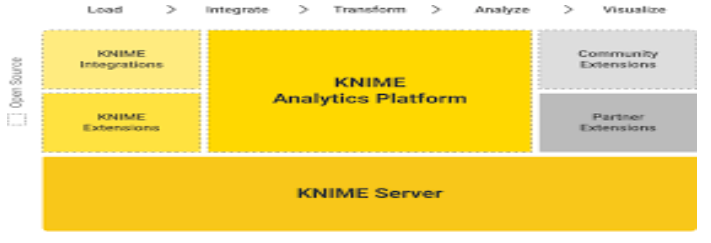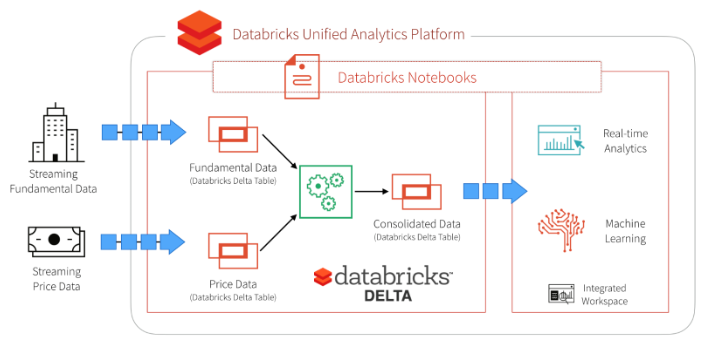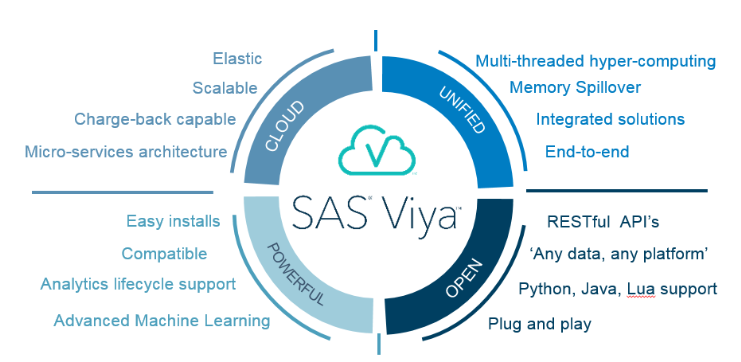Updated May 23, 2023
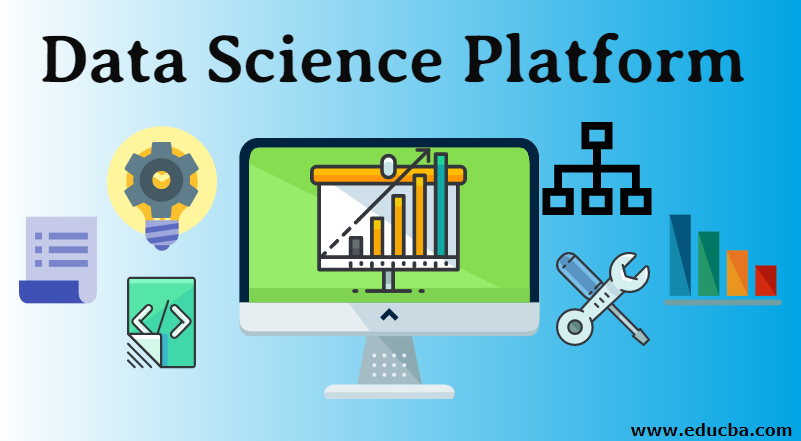
Introduction to Data Science Platform
The data science platform is a tool package that handles data modeling. Data science platform gives power to data scientists to carve out valuable insights from data collected at sources. Not only does it produce insight, But It also helps data scientist teams visualize and communicate results to key clients and stakeholders. The data science platform allows businesses to make data-driven decisions to maximize output and enhance customer satisfaction. As technology develops daily, the data science platform provides the team with better flexibility and scalability by adding the latest data science tools to the inventory.
Different Data Science Platforms
Different data science platforms are as follows:
1. Anaconda Platform
Anaconda platform is a free and open-source distribution for Python and R languages for scientific computing. It simplifies package management and deployment using Conda (‘Package management system’). Anaconda Covers up to 1500 popular data science packages currently used by 15 million users (as claimed by the company). This platform is available on Windows, Linux, and macOS. Anaconda Navigator GUI is a plus point for the Anaconda platform as it is better than CLI. Navigators can search packages on an Anaconda cloud or local repository, and install and update them as required.
2. H2o.ai Platform
H2O.ai is an Open-source and freely distributed platform. It is working to make AI and ML easier. H2O is popular among novice and expert data scientists. H2O.ai Machine learning suite.
- H2O: Platform to build and produce data models.
- Deepwater: Integrating TensorFlow, MXNet, and Caffe for Dl workloads.
- Sparkling Water: An integration with Apache Spark.
- Steam: Company’s enterprise offering for building and deploying applications and APIs. (Paid version).
- Driverless AI: A simplified feature for non-technical employees to prepare data, tune parameters, and determine optimal solutions for specific business problems without knowing any technicalities.
3. KNIME
KNIME is a free and open-source platform. KNIME uses different data science tools for ML and data mining; its modular data pipelining concept makes it a complete data science platform (Data analytics, reporting, Integration). In addition, KNIME’s GUI and JDBC allow the user to work on different data sources for analysis, modeling, and visualization with or without programming. KNIME started as a pharmaceutical research tool, but the modular concept is appropriate for different fields.
4. Alteryx Analytics
Alteryx Analytics is one of the leading data science platforms many MNCs use. The platform is not open-source but is designed to make advanced analytics easy for every data expert and novice.
The company currently offers four products under its analytics suite.
- Alteryx Connect
- Alteryx Designer
- Alteryx Promote
- Alteryx Server
Alteryx’s most popular program is self-service analytics. It empowers BI analysts with a reusable workflow for self-service data, so you can spend less time preparing data and investing more time analyzing it. Its drag-drop interface is also good for non-technical users.
5. Rapidminer
Rapidminer is an integrated data science platform that provides advanced and predictive analysis. It is used for small and large commercial applications, research, education, training, rapid prototyping, and application development. It is paid software but freely available for 1 logical processor under the AGPL license.
Rapidminer currently offers five products.
- Rapidminer Studio: It is the platform itself.
- Rapidminer Auto Model: It is an extension to Studio that accelerates building and validating models.
- Rapidminer Turbo Prep: It is designed to make data preparation easier. It provides a user interface where your data is always visible front and center.
- Rapidminer Server: It is an application-specific server designed for optimized performance.
- Rapidminer Radoop: It is Integration for Hadoop technology.
6. DataBricks
Databricks is an open-source cloud-based data science platform developed on the Apache Spark computing framework. It was developed by the team that developed Apache Spark at the University of California. Databricks unified analytics suite comprises:
- Databricks Workspace: It handles all analytic processes, from ETL to training models and deployment. (for example, python, R, and Java).
- Databricks Runtime: It prepares clean data at a massive scale and trains ML models for your AI applications. (for example, Hadoop, and TensorFlow).
- Databricks Cloud Services: As cloud-based, it reduces infrastructure complexity and more time to focus on data problems while keeping data managed and secure (AWS, Azure).
7. SAS Unified Data Science
SAS is one of the oldest Data Science platforms. It offers a single package of big data, advanced analytics, and predictive analysis. SAS Software suite also provides GUI for non-technical and SAS languages for technical users. SAS system module comes with various tools such as Base SAS, SAS/STAT, SAS/ETS, SAS/OR, SAS/QR, SAS/Graph, SAS AF, SAS/Access, and many more. SAS Viya is another product from SAS company: an open, Powerful, unified, and multi-platform-based Platform. It offers a variety of options for installation, such as on-site, Cloud, and hybrid. SAS Viya uses Teradata Data storage sets for its operations.
Conclusion
Data Science platform is the need of today’s generation. Today we are producing as much data as ever before. Using Data Science tools, we can help our generation improve lives, as described above. The Data Science platform is helping us in many fields.
- Healthcare and Life Sciences
- Information Technology
- Banking, Financial Services, and Insurance (BFSI)
- Manufacturing
- Energy and Utilities
- Research
The global Data Science platform market is projected to grow at a CAGR of 40% for the next 5 to 7 years. During the 2016-17 fiscal year, the Global Data Science platform market accounted for USD 20 billion (According to Data Bridge Market Research). Unfortunately, as a Data Science Platform helps us in many fields, we have an acute workforce shortage to perform the task. LinkedIn Workforce Report shows more than 151,000 Data Scientist jobs were unfilled across the U.S.
Recommended Articles
This has been a guide to the Data Science Platform. Here we have discussed the introduction and different types of data science platforms with a detailed explanation. You can also go through our other suggested articles to learn more –
